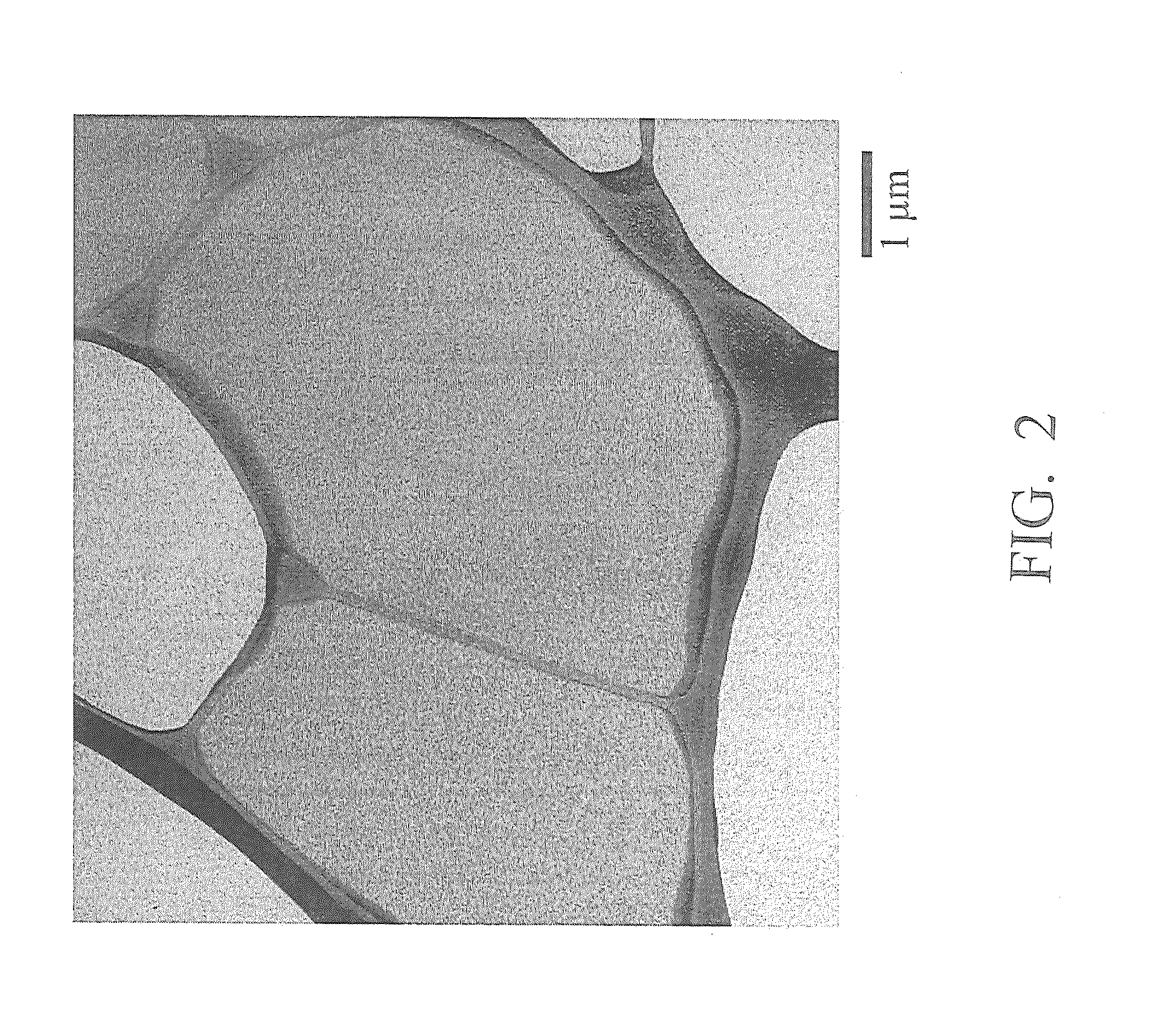Self-Assembly of Nanoparticles Through Nuclei Acid Engineering
a technology of nucleic acid engineering and nanoparticles, which is applied in the direction of sugar derivates, organic chemistry, chemistry apparatus and processes, etc., can solve the problems of limiting the application of self-assembly devices with biological systems, not being able to achieve the practicable self-assembly device, and not being able to address the self-assembly of gold nanoparticles with full control. , to achieve the effect of improving
- Summary
- Abstract
- Description
- Claims
- Application Information
AI Technical Summary
Benefits of technology
Problems solved by technology
Method used
Image
Examples
Embodiment Construction
[0049]This disclosure is generally related to the use of nucleic acids as capping ligands to organize nanoparticles on a substrate surface in a dewetted self-assembly process without depending on Watson-Crick base-pairing. The edge-to-edge interparticle distances in this disclosure can be tuned from about 0.8 nm to about 50 nm, which is a significantly wider range than that achieved by the use of alkylthiols as capping ligands.
[0050]Material
[0051]Gold nanoparticles used herein are prepared following the process disclosed in Frens, G, “Controlled nucleation for the regulation of particle size in monodispersed gold suspension,”Nat. Phy. Sci. 241, 20-22 (1973). The gold nanoparticles have a diameter of 12.8±1.2 nm. However, it is to be understood that this disclosure is not limited to gold nanoparticles. Nor are the gold nanoparticles used in this disclosure limited to the aforementioned size and preparation process.
[0052]The nucleic acids used in this disclosure may be in the form of ...
PUM
| Property | Measurement | Unit |
|---|---|---|
| average distance | aaaaa | aaaaa |
| sizes | aaaaa | aaaaa |
| length | aaaaa | aaaaa |
Abstract
Description
Claims
Application Information
 Login to View More
Login to View More - R&D
- Intellectual Property
- Life Sciences
- Materials
- Tech Scout
- Unparalleled Data Quality
- Higher Quality Content
- 60% Fewer Hallucinations
Browse by: Latest US Patents, China's latest patents, Technical Efficacy Thesaurus, Application Domain, Technology Topic, Popular Technical Reports.
© 2025 PatSnap. All rights reserved.Legal|Privacy policy|Modern Slavery Act Transparency Statement|Sitemap|About US| Contact US: help@patsnap.com



